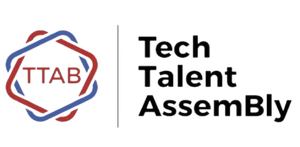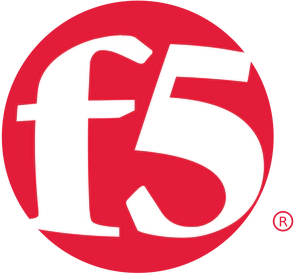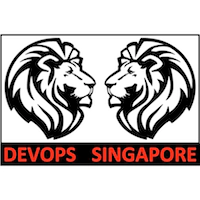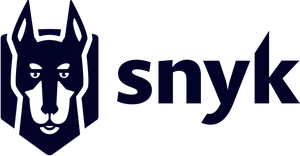The AI-savvy operating model
Keynote
Generative AI has “laid down the gauntlet”: product discovery, user testing, and hypothesis validation will soon take only hours, not days or weeks, resulting in an order-of-magnitude reduction in lead time, similar to what public cloud did in the late 2000s. Small, scrappy startups that use GenAI well will be able to out-innovate larger incumbents, at least initially. So what would an effective operating model look like that used GenAI to reduce time-to-value for larger organizations?
We already have the answer: organizations that organize for fast flow, promote psychological safety, nurture community-based decision making, and use ideas from Team Topologies (such as bounded team cognitive load, and internal platforms) are already more high-performing compared to others, and these principles form the foundation of an AI-savvy operating model.
Speaker

Matthew Skelton
Matthew Skelton is one of the foremost leaders in modern organizational dynamics for fast flow, drawing on Team Topologies, Adapt Together™️, and related practices to support organizations with
...













